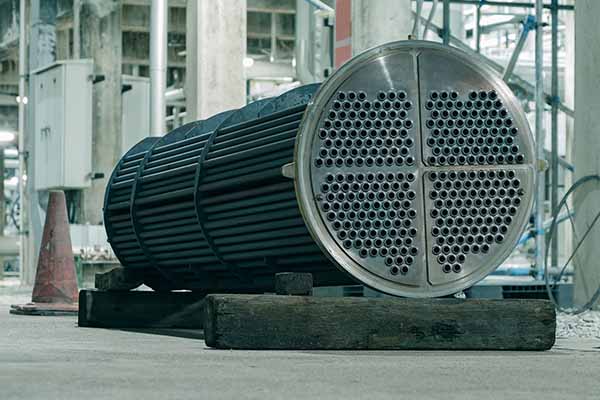Heat Exchangers Market: Introduction
Due to the persistent shortage of power, various governments are expressing their interest in diversifying their energy portfolio and making use of renewable sources of energy. High demand from industries & households and the inability to meet the power demands are leading to the installation of newer power plants that are powered by steam turbines. The heat exchangers market is driven by the rising number of power plants and the subsequent increase in the use of heat exchangers in power plants.
The use of heavy-duty heat exchangers by large industrial consumers is also aiding the growth of the market. The rapidly growing heating, ventilation, and air conditioning (HVAC) industry is encouraging the heat exchangers market to grow further.
Factors Supporting Heat Exchangers Market Growth
Rapid growth in the consumption of power in various industries is expected to help expand the global heat exchangers market during the forecast period. For any power station, condensers are a vital element as they connect the heat sink and the water/steam cycle. The performance of condensers directly impacts the output of power stations and the availability of electric power. Condensers are meant to meet high-performance requirements. This group of heat exchanger devices is primarily implemented in most power generation plants. Thus, demand for all kinds of heat exchangers is expected to grow across the globe, resulting in the growth of the global heat exchangers market.
Moreover, strategic alliances and mergers & acquisitions will have a positive impact on the market. The introduction of hybrid heat exchanger technology will open new doors of opportunities in the market. The after-sale services segment is also expected to have a huge potential for growth, thus benefitting the heat exchangers market.
However, the global heat exchangers market is challenged by various regulations curbing the use of fluorinated greenhouse gases in heat exchangers. Rising prices of raw materials required for the fabrication of heat exchangers will also restrict the growth of the market.
Heat Exchangers Market Expansion
The global heat exchangers market is segmented on the basis of product type, end-user, and region.
In terms of product type, the global heat exchangers market has been divided into air cooled, plate and frame, shell and tube, and others. The shell and tube segment of the global heat exchangers market accounted for the highest market share in 2020. With an increasing number of oil field and infrastructure development projects being planned across all regions, the shell and tube segment is expected to grow rapidly during the forecast period. At present, governments of countries facing constant power shortages are taking efforts to upgrade power generation activities to meet the rising demand for power from various industries. The availability of several heat exchangers with advanced features is expected to boost the global heat exchangers market during the forecast period.
Asia Pacific accounted for 33.60% of the global heat exchangers market in 2020 and this market in the region is expected to expand at a 6.34% CAGR from 2020 to 2031. The Asia Pacific market is expected to rise from US$ 6.12 Bn in 2020 to US$ 12.03 Bn by 2031.
Heat Exchangers Market: Key Players
Key players operating in the global heat exchangers market include SAACKE GmbH, Heatmaster BV, GEA Heat Exchangers, Alfa Laval Corporate AB, and Southwest Thermal Technology.
Global Heat Exchangers Market: Segmentation
Heat Exchangers Market, by Product Type
- Air Cooled
- Plate and Frame
- Shell and Tube
- Others (Condensers, Oil Coolers, and Radiators)
Heat Exchangers Market, by End-user
- HVAC
- Chemicals and Petrochemicals
- Power Generation
- Others (Food Processing, Aerospace, and Medical)
Heat Exchangers Market, by Region
- North America
- Europe
- Asia Pacific
- Latin America
- Middle East & Africa















